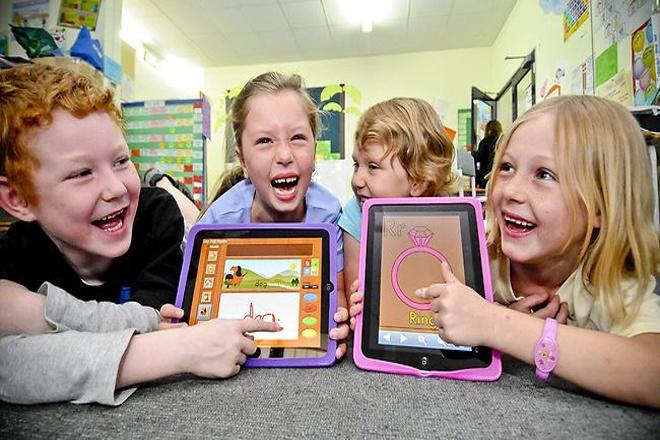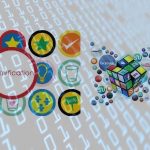The minute a child is born, he’s exposed to technology. And integrating technology in kindergarten is the next step. In the 21st century this is termed as kindergogy
. It doesn’t strike particularly surprising then, that a student’s reality today, revolves around texting, Facebooking, Tweeting and blogging on a daily basis. Kids today, are simply comfortable functioning in this manner. In a technology driven world, teachers have an ever-changing job because students who enter the classroom doors today will not be the same as the students who enter tomorrow.
In India, some children, even at five years, enter the classrooms, eager to use technology and, perhaps, have even more knowledge than majority of teachers. In such a scenario, integrating technology in the kindergarten curriculum can prove to be an exciting and rewarding experience.
However, a country like India, experiences an acute digital divide, which is the foremost obstacle in integrating technology in the kindergarten curriculum. Many of the students who begin kindergarten have not used a computer at all. Thus arises the need to provide a developmentally appropriate education to all students regardless of their experience with technology. Involving parents in the learning experience is also important. In order to achieve basic digital literacy, schools can offer afternoon and evening lab hours and classes or help sessions for parents and students, encouraging them to work as a team to accomplish various tasks. If this promotion of technology begins in early childhood, the digital divide in kindergarten will be less of an issue.
Despite the fact that integrating technology at the kindergarten level sparks higher level thinking skills and leads students to effective problem solving, there are challenges that present themselves, one of them being, screen time. If students are in front of a computer screen, Smartboard, and iPad for much of the school day, they are bound to have issues with activity levels, motor development, social skills, as well as cognitive development. That is why the use of these tools ought to be balanced with hands on learning.
Five year olds should not be exposed to the same content as a senior in high school, yet they often use the same computer lab. How do we keep children safe while allowing older students to have the freedom to explore online? Schools should ensure that they have filter capabilities which keep most of the inappropriate content away. Alternately, apps such as Diigo
, Scoopit, Delicious, or Glogster with pre-selected materials should be employed to help keep children safe.
Clearly, from screen time, to maturity, to the digital divide, these issues can prove to be overwhelming to many educators. However, they are all manageable and if educators keep a level-head, they can be overcome to provide a more enriching experience for students at a very early level.


